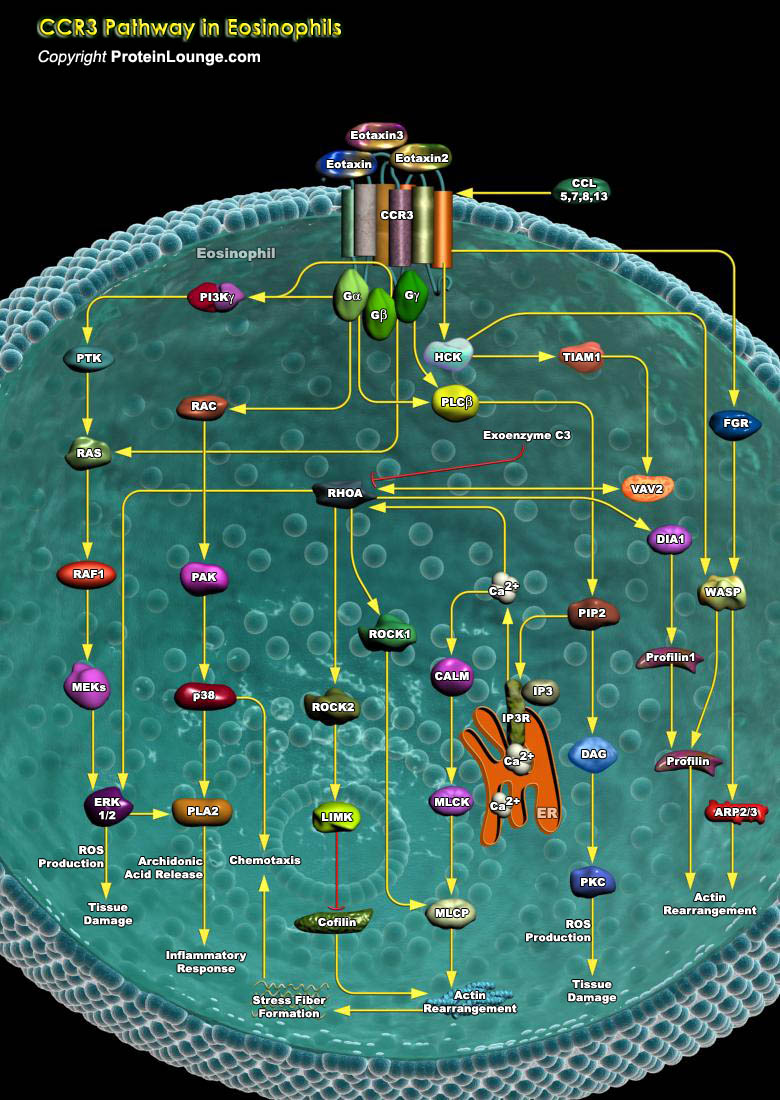
Human eosinophils are crucial effector cells implicated in a number of chronic inflammatory reactions, associated with bronchial asthma, allergic-inflammatory diseases, and parasitic infections.The chemotactic response of eosinophils is mostly mediated by CCR3 (CC Chemokine Receptor-3), a member of the G protein-coupled, seven-transmembrane receptor family, linked to heterotrimeric G-Proteins. Although its expression was first thought to be limited to eosinophils, CCR3 is now known to be more widely expressed on cells involved in allergic inflammation, such as basophils, macrophages, mast cells, neutrophils, airway epithelial cells, and potentially TH2 T-lymphocytes . Chemokines such as: Eotaxin, Eotaxin2, and Eotaxin3 signal exclusively via CCR3 that recruit[..]
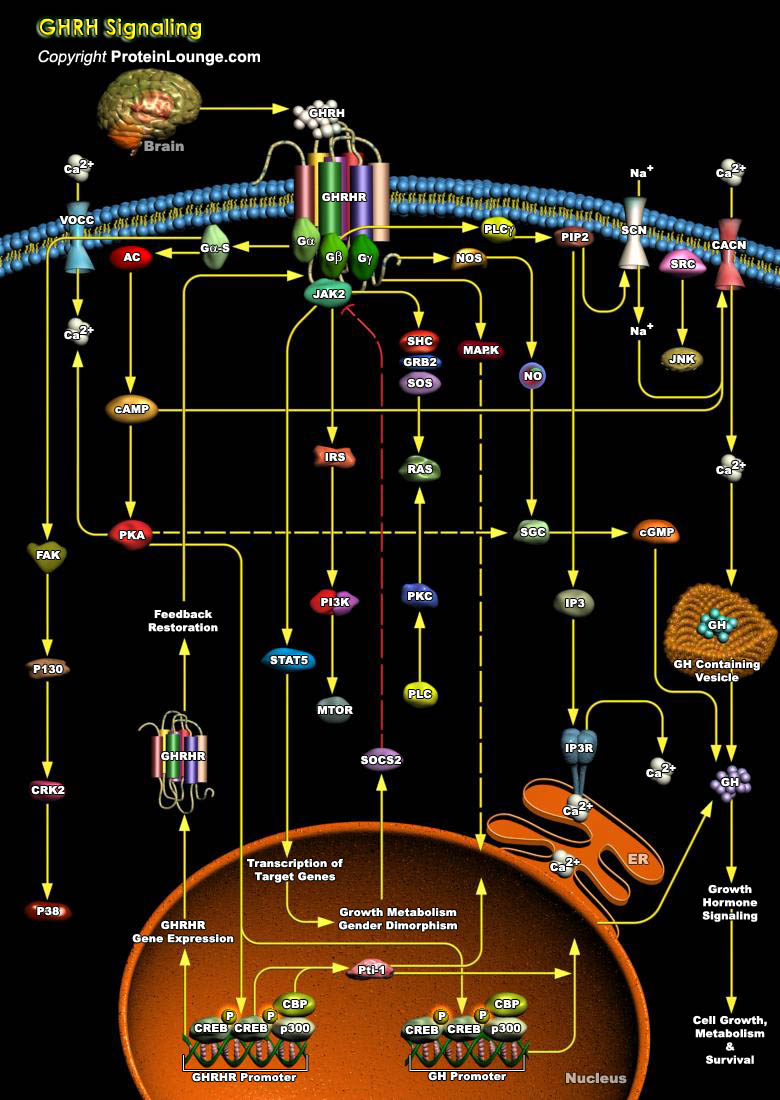
GHRH (Growth Hormone-Releasing Hormone) is a hypothalamic hormone that is essential for normal expansion of the somatotrope lineage during pituitary development. GHRH is produced by GHRH cells in the hypothalamus and reaches the adenohypophysis via the portal system. It stimulates the release of GH (Growth Hormone)/Somatotropin from the adenohypophysis. GH is required for normal postnatal growth, having a critical role in bone growth as well as important regulatory effects on protein, carbohydrate, and lipid metabolism (Ref.1 & 2).GHRH first appears in the human hypothalamus between 18 and 29 weeks of gestation, which corresponds to the appearance of fetal pituitary somatrotropes. It is a 44-amino acid peptide, synthesized by neurons in the hypothalamic arcuate nucleus[..]

Relaxin is a polypeptide hormone that is secreted by the corpus luteum, into the circulation during the menstrual cycle and throughout pregnancy. During the cycle, it stimulates blood vessel growth in the endometrial lining of the uterus during the midluteal phase; coincident with the temporal window during which embryonic implantation occurs. If conception occurs, Relaxin levels rise and remain relatively constant during the entire gestational period (Ref.1). Relaxin is best known for its connective tissue remodeling effects on the female reproductive system. It has diverse actions in the reproductive tract and other tissues during pregnancy. These actions include promotion of growth and dilation of the cervix, growth and quiescence of the uterus, growth and[..]
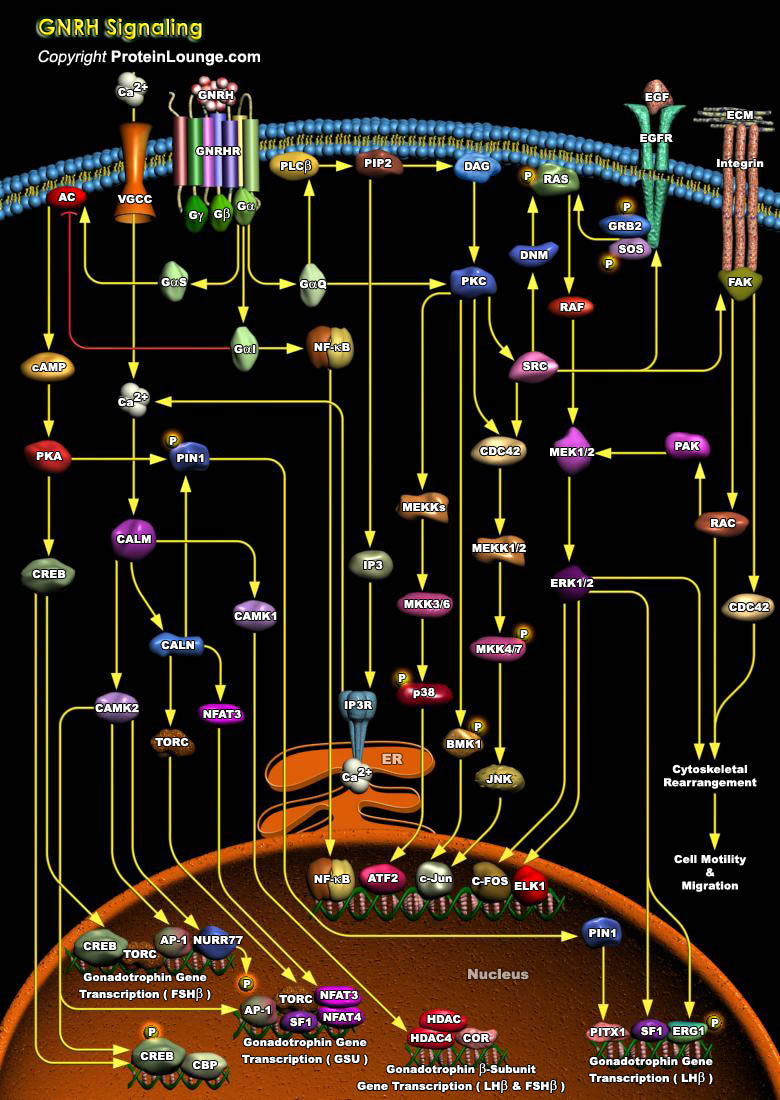
Normal mammalian sexual maturation and reproductive functions require the integration and precise coordination of hormones at the hypothalamic, pituitary, and gonadal levels. The hypothalamic GnRH (Gonadotropin Releasing Hormone), also called LHRH (Luteinizing Hormone Releasing Hormone), is a key regulator in this system (the hypothalamic-pituitary-gonadal axis), that plays a decisive role in the neuroendocrine regulation of human reproduction. GnRH is a decapeptide, released in an episodic manner from the hypothalamic GnRH neurons. The pulsatile delivery of GnRH to the anterior pituitary gland is essential to maintain the circulating gonadotropin profiles. It acts via a specific GPCR (G-Protein Coupled Receptor): GnRHR (GnRH Receptor) and triggers the synthesis of[..]
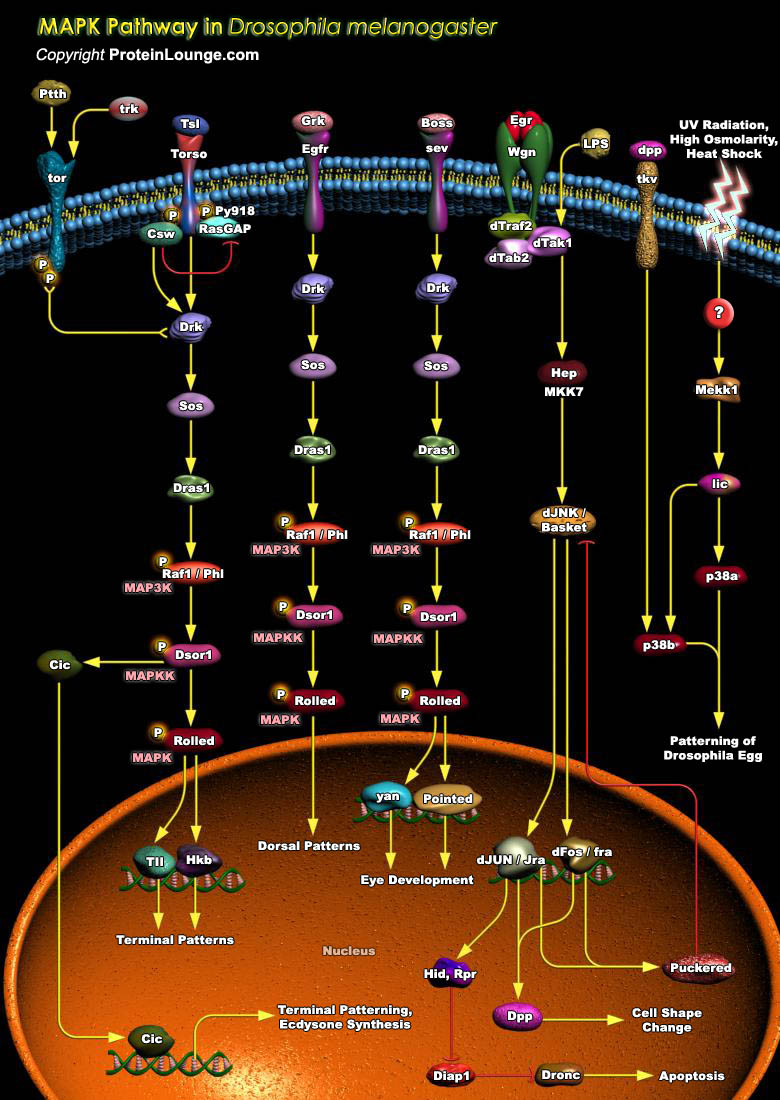
MAPK (Mitogen-Activated Protein Kinase) signal transduction pathways are evolutionarily conserved in eukaryotic cells and transduce signals in response to a variety of extracellular stimuli. Each pathway is composed of three classes of protein kinase: MAPK, MAPKK (MAPK Kinase) and MAPKKK (MAPK Kinase Kinase). MAPK is activated by tyrosine and threonine phosphorylation catalyzed by a family of dual-specificity protein kinase MAPKKs. MAPKK is in turn activated by phosphorylation mediated by MAPKKK. Cascades of MAPKs mediate responses such as cell proliferation, differentiation, and the regulation of metabolic pathways. There are multiple MAPKs in eukaryotes. Three subgroups of the MAPK superfamily have been identified in mammals: ERK (Extracellular signal-Regulated[..]
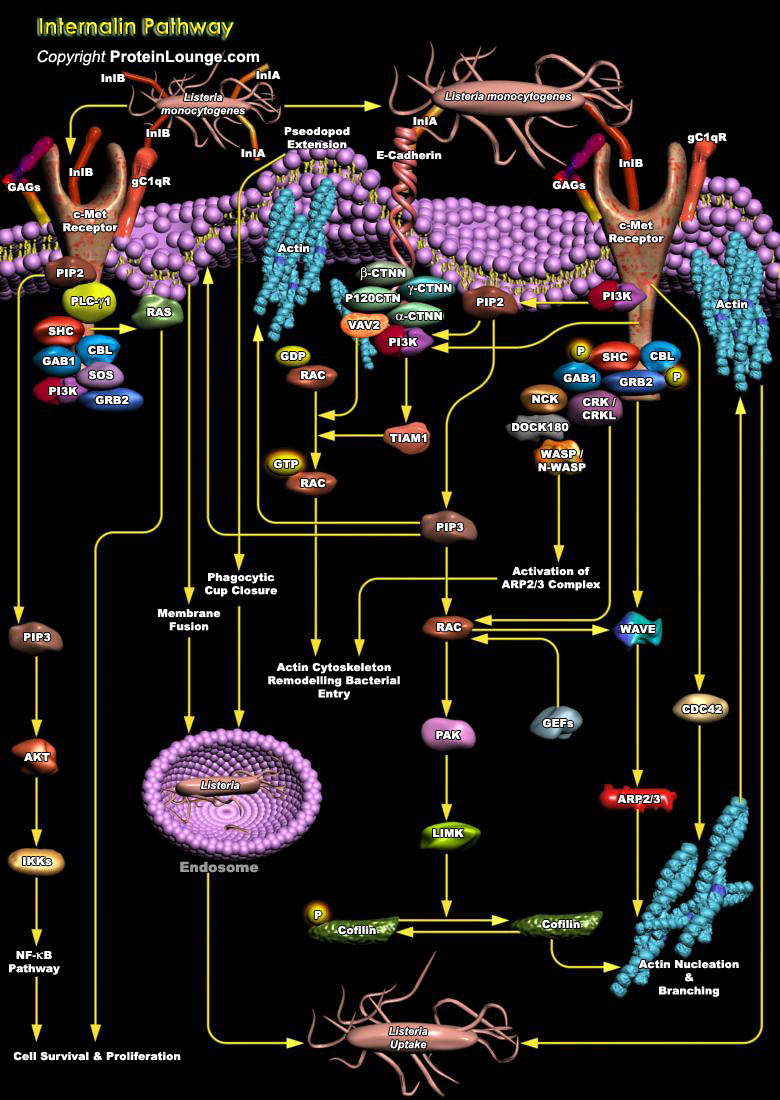
Listeria monocytogenes is a potentially deadly food-borne pathogen that colonizes the gastrointestinal tract of several mammalian species, and can also cause invasive disease and systemic spread if it crosses the intestinal epithelial barrier. Listeria monocytogenes evolved two major molecular invasion proteins, referred to here as invasins: Internalin A (InlA, Internalin) and Internalin B (InlB). These proteins promote internalization into nonphagocytic cells where Listeria monocytogenes can grow in the cytosol as a facultative intracellular pathogen and directly spread to neighboring cells through actin-based motility. InlA-mediated entry is restricted to a few epithelial cells, whereas, InlB promotes entry into various cell types, such as hepatocytes,[..]
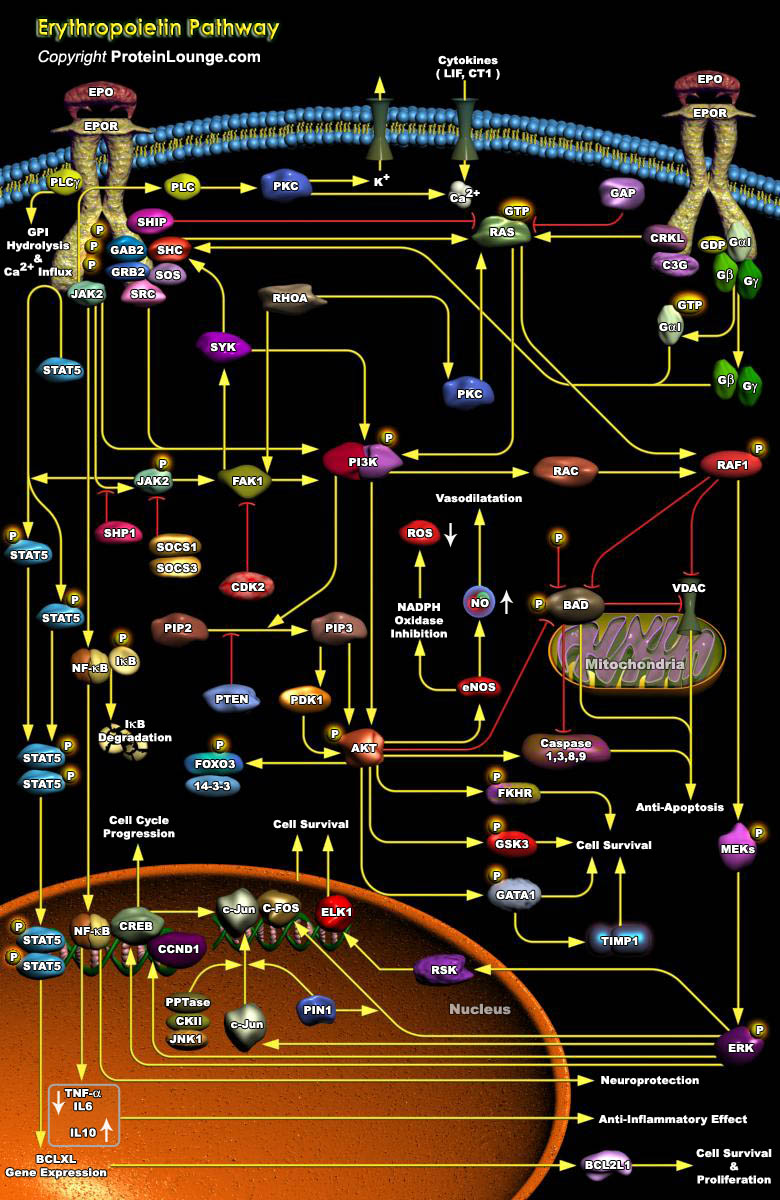
Erythropoiesis is a major pathway for Erythrocyte production, by which pluripotent Hematopoietic Stem Cells give rise to mature end stage cells via a series of differentiations. Epo (Erythropoietin), a glycoprotein hormone and a multifunctional Hematopoietic Cytokine ligand, is the master regulator of Erythropoiesis. As a major function, it monitors the safe passage of the committed Erythroid progenitor cells through several physiological and developmental stages by stimulating Growth, preventing Apoptosis, and promoting terminal differentiation. In addition to its immense survival strategies, Epo initiates Hemoglobin synthesis and is an essential viability and Growth factor in the maintenance of a steady physiological level of circulating Erythrocyte mass which[..]
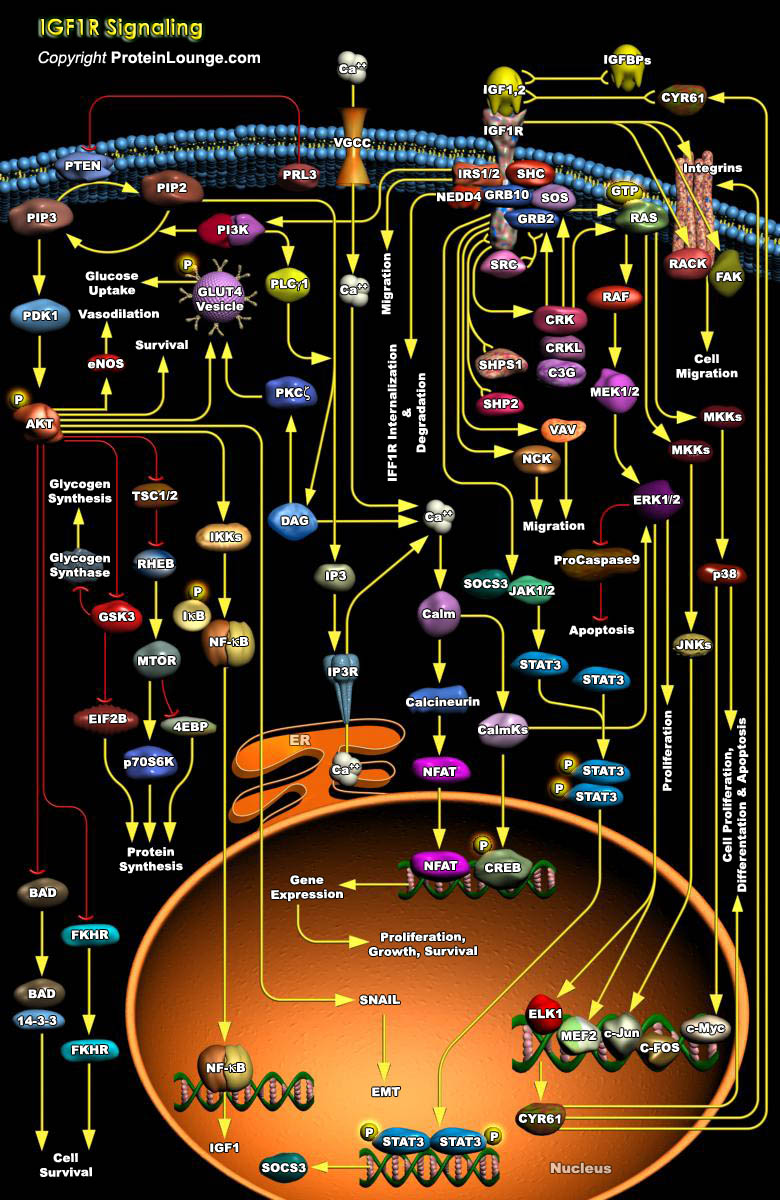
Programmed cell death, a form of altruistic suicide is a genetically controlled means of cellular self-destruction that leads to dismantling and packaging of cell material for removal by phagocytosis. All cells possess the ability to undergo programmed cell death (otherwise known as apoptosis), and the process is essential for normal development to shape organs and tissues as well as to remove damaged cells. Although the cell may require de novo synthesis of some signaling molecules, the machinery for apoptosis is constantly present and may be rapidly activated. Therefore, the process of apoptosis needs tight regulation, and such regulation has been shown to be brought about by signaling through peptide growth factors including the IGF (Insulin-Like Growth Factor)[..]
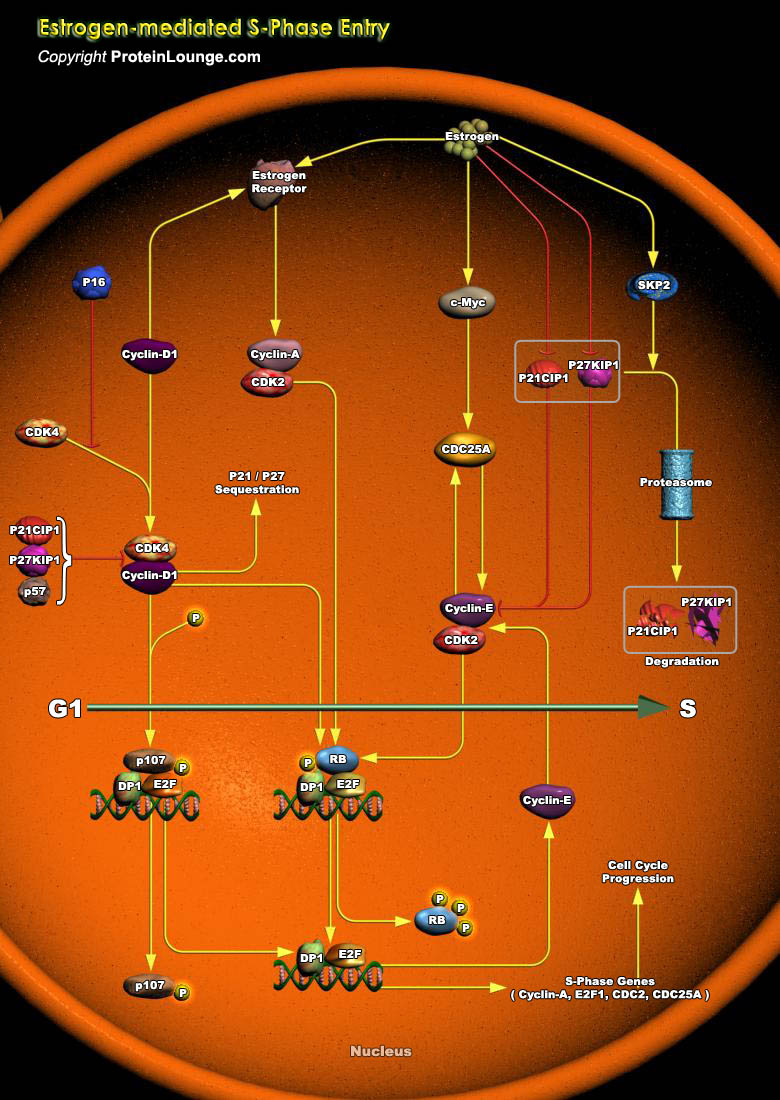
Estrogens are a class of steroid hormones that play a central role in reproduction, and are regarded as the powerful female hormones that make a girl develop into a woman capable of reproduction. Estrogenic steroids, that include: E1 (Estrone), E2 (Estradiol/17-beta Estradiol) and E3 (Estriol), regulate cellular functions in a wide variety of tissues and influence proliferation in the female reproductive tract and mammary gland. It is this proliferative role of these hormones that, a woman's risk for breast and uterine cancer is often associated with lifetime exposure to estrogen. Estrogens induce proliferation of cancer cells by stimulating G1/S transition and the subsequent progression of cell cycle (Ref.1).In the uterus, estrogen triggers the proliferation of[..]
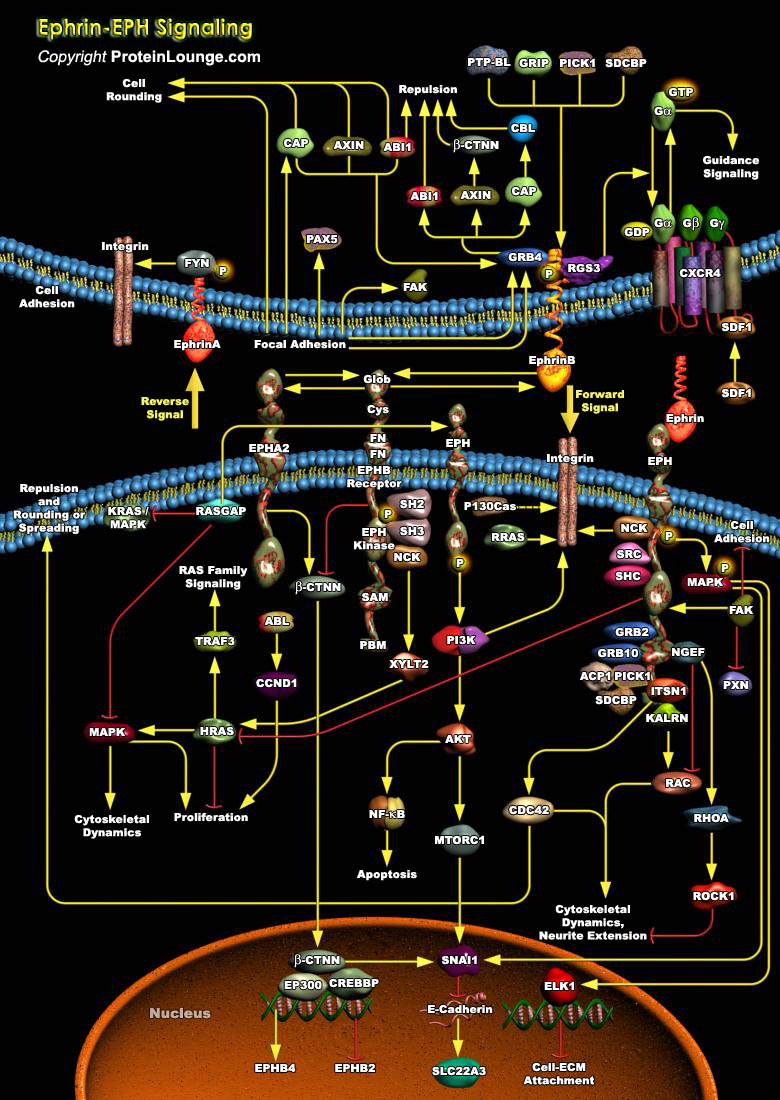
In numerous processes that are vital for the development and maintenance of organism function, cells must communicate crucial information to respond appropriately to the changing environment. As such, RTKs (Receptor Tyrosine Kinases) are transmembrane proteins, which, on receiving an external stimulus, respond by transmitting a signal to the inside of the cell. Of all the RTKs that are found in the human genome, the Eph Receptor family and their ligands the Ephrins, constitutes the largest family.The Eph family of RTKs which has 14 members and their ligands, the Ephrins, are prominently involved in several developmental processes such as boundary formation, cell migration, axon guidance, synapse formation and angiogenesis. In vertebrates, Eph Receptors are divided into[..]
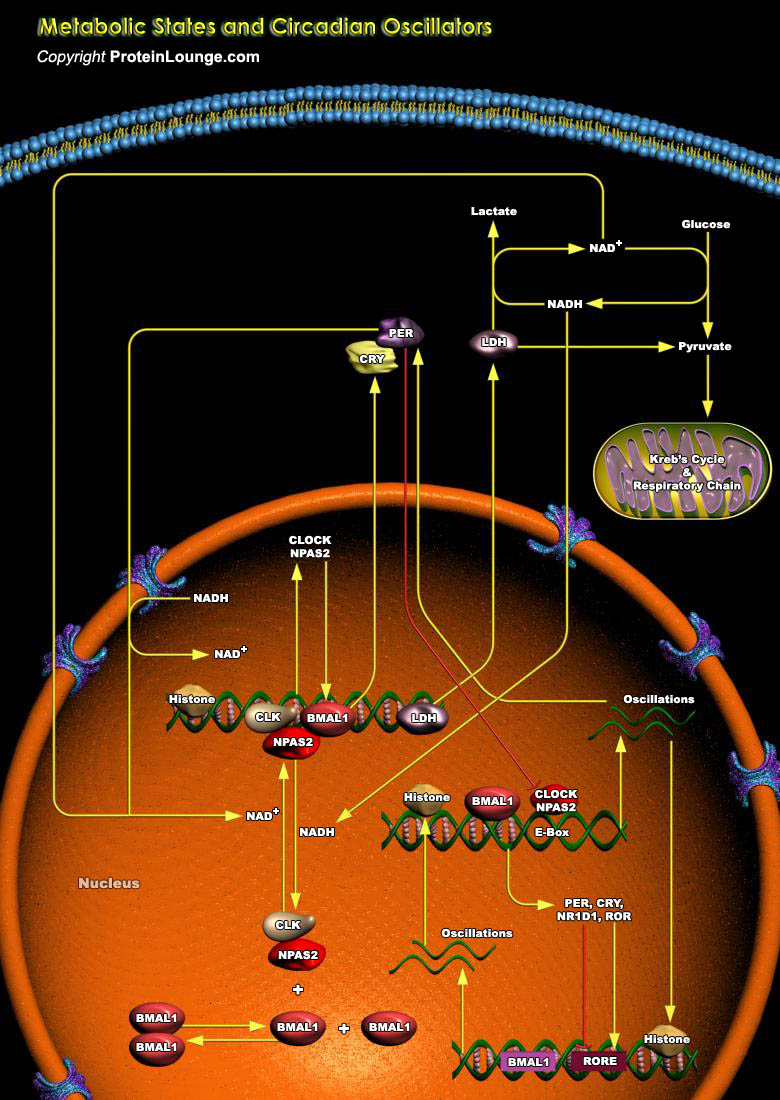
In organisms as diverse as fruit flies and mammals, circadian rhythms are controlled by a transcriptional feedback system whose activity fluctuates as a function of the light-dark cycle. In mammals, the master clock (circadian pacemaker) resides in the SCN (Suprachiasmatic Nucleus) of the brain's hypothalamus and this endogenous clock drives physiology and behavior. In the absence of external time cues, the SCN master clock generates cycles of approximately but not exactly 24 hours, and its phase must therefore be readjusted every day. This task depends on the retina, which detects changes in light intensity during the day's light-dark cycle (the photoperiod) and transmits this information to the SCN neurons (Ref.1). The mammalian circadian feedback[..]

The Eph family forms the largest group of RTKs (Receptor Tyrosine Kinases) comprising 14 members in mammals that play critical roles in diverse biological processes during development as well as in the mature animal. They are activated by membrane-bound ligands called Ephrins, which are classified into two subclasses based on their mode of membrane anchorage. The Ephrin-A ligands are GPI (Glycosylphosphatidylinositol)-linked and prefer to bind to EphA Receptors. The Ephrin-B ligands (Ephrin-B1–B3), which possess a transmembrane moiety and a short cytoplasmic domain, bind to EphB Receptors (EphB1–B6). The interactions between Ephrins and Eph Receptors are generally promiscuous within each subclass (Ref.1). Upon stimulation by Ephrin ligands, Eph Receptors[..]

